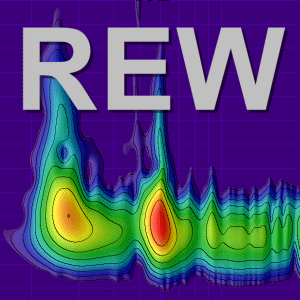Meng
Registered
Thread Starter
- Joined
- Mar 24, 2019
- Posts
- 2
More
- Preamp, Processor or Receiver
- Meridian
- Main Amp
- Genelec
- Universal / Blu-ray / CD Player
- Tascam
- Front Speakers
- Genelec
- Center Channel Speaker
- Genelec
- Surround Speakers
- Genelec
- Subwoofers
- Genelec
- Screen
- Xiaomi
- Video Display Device
- Apple TV
- Remote Control
- Logitech
From REW Help,the dashed line is the Peak energy time trace which shows the peak level in the plot at each frequency. This can highlight variations in peak energy arrival versus frequency - an ideal peak energy time trace would be a straight line with the same time value for all frequencies.
The literal meaning of peak energy time seems to be easy to understand, but how is this value calculated? What is the relationship between group delay and impulse response?
1.There were some negative number, e.g. -16.07ms. Does this mean that in the impulse response graph, the energy response before 0ms?

2.Is there any logic between this peak energy time and group delay or phase shift?
This value of peak energy time is not the same as the value of the group delay.
3.There is another interesting question.
If this value is low, does it mean that the group delay of the subwoofer is lower?does it mean that the transient response of the subwoofer is faster?
Thanks a lot.
The literal meaning of peak energy time seems to be easy to understand, but how is this value calculated? What is the relationship between group delay and impulse response?
1.There were some negative number, e.g. -16.07ms. Does this mean that in the impulse response graph, the energy response before 0ms?
2.Is there any logic between this peak energy time and group delay or phase shift?
This value of peak energy time is not the same as the value of the group delay.
3.There is another interesting question.
If this value is low, does it mean that the group delay of the subwoofer is lower?does it mean that the transient response of the subwoofer is faster?
Thanks a lot.














